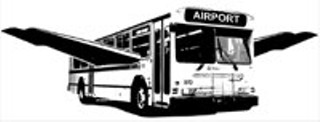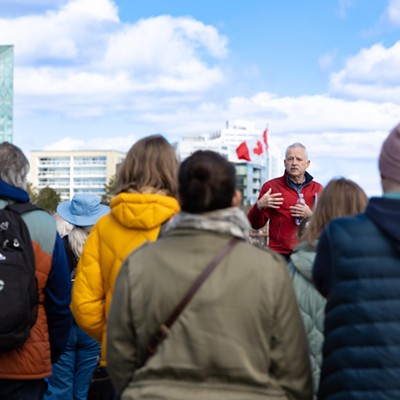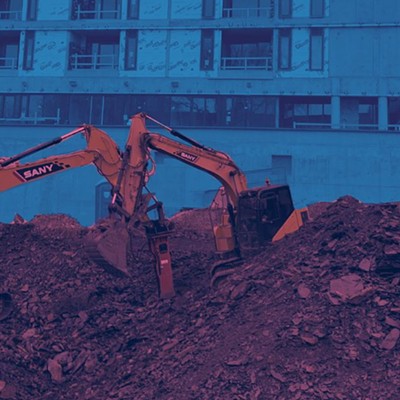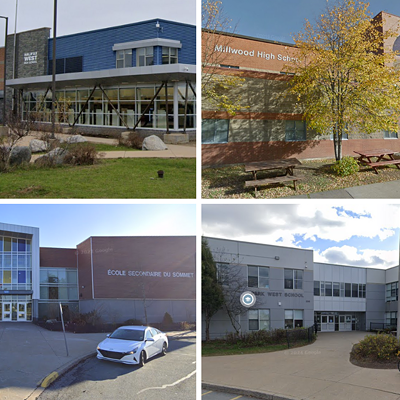When writing about the airport, I’m obliged first to point out the larger environmental context of the place.
Air travel, notes British Guardian columnist George Monbiot, “is currently responsible for 3.5 percent of the total human contribution to global warming. This could rise to as much as 15 percent by 2050.” Monbiot calls for an immediate freeze on new airport construction, and a 90 percent reduction in flights by 2030. We’ll simply have to travel less, and by other means, he says.
For a country with travel distances the length of Canada’s, that means unprecedented long-term planning and financial commitments to retool our transportation system.
For now, though, let’s talk not about travelling via our airport, but to it.
In an apparent collective snit of disdain for the public good, the decision makers in 1960 put the Halifax International Airport in just about the most inaccessible place imaginable: near Enfield, 32km from downtown Halifax and slightly more than a third of the way to Truro.
To add insult to injury, those bygone leaders did not provide public transport to the airport. Instead, they issued exclusive permits to limo, cab and airport bus companies, effectively making public transport illegal. So nowadays, you can drive yourself out there, paying ever increasing gasoline bills and Manhattan-like rent prices for a parking space. You can alternatively hire a taxi ($53 for Yellow Cab), or take the private Airporter bus from a local hotel ($16).
But you can’t take Metro Transit to the airport.
The contracts with the land transport companies are for five-year terms, and we’re in the second year of the present contract, explains airport spokesperson Peter Spurway. Anyone can drop passengers off at the airport, but only contract holders may pick up paying passengers.
“But we’d love to have public transportation out to the airport,” says Spurway. “Anything to help our employees and passengers get to the airport is a good thing.”
My back-of-the-envelope calculations leave little doubt that a public bus to the airport makes sense. With 3.3 million passengers coming and going through the airport each year and 5,500 people working at the airport, figure something on the order of 14,000 daily trips to the airport, or somewhere north of 300 million kilometres driven each year by Haligonians, just to and from the airport.
Diverting even a small percentage of those travellers onto public buses would result in huge savings—in money, fuel, time and labour, not to mention such tangential resources as highway maintenance dollars and driver safety.
So what’s being done to meet this obvious need? The city has—you guessed it—hired a consultant.
“We’ve never had the mandate to go to the airport,” explains Lori Patterson, spokesperson with Metro Transit. “It’s outside of our service area.”
The consultant will look at expanding Metro Transit’s service area, make recommendations as to what new equipment is needed (highway coaches with luggage racks, explains Patterson) and how to pay for it, look at fare issues and figure out how to deal with the private contracts.
Fair enough: the bureaucracy needs to work its magic. But the decision-makers have ignored the issue for 47 years, and “study” and “consulting” are beginning to look a lot like delay, or even active opposition, to the idea of an airport bus. Working through the details is no doubt a complex process, but it’s immensely doable.
So let’s make this our governmental resolution for 2007: make an airport bus happen.
How do you travel to Enfield? Email: [email protected]













